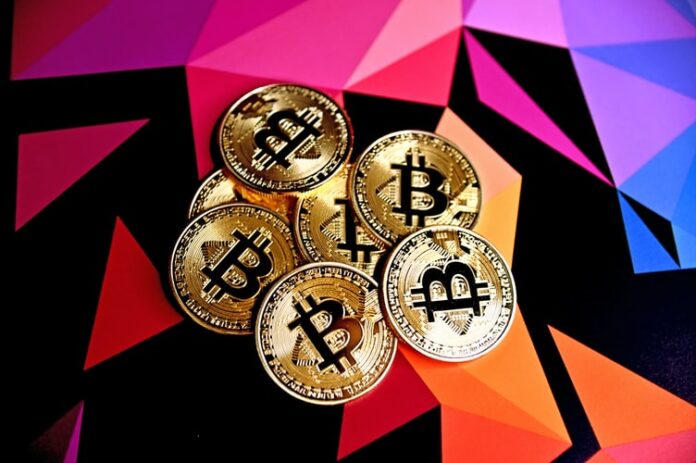Crypto Art is a rare digital artwork, often represented as digital trading cards or “rare,” associated with special and perhaps rare tokens that exist on the blockchain. The philosophy is based on the idea of digital scarcity that allows you to purchase, sell and exchange digital goods as if they were physical goods. This method works since, like Bitcoins and other cryptocurrencies, Crypto Art exists in small quantities.
No single Crypto Artist or Crypto Artwork adheres to a single concept. It is beneficial to look at several common factors that have influenced the aesthetics and culture so far.
- Digitally native: artwork can be made, edited, purchased, and sold digitally for the first time.
- No geographic restrictions: Fuelled by the internet, artists from all over the world participate. Crypto Art is the first truly global art movement in the world.
- Democratic/Permissionless: everyone is allowed to participate regardless of their qualifications, training, class, gender, race, age, creed, etc.
- Decentralized: tools and guidelines are designed to reduce the influence of gatekeepers and middlemen and to improve the autonomy of artists.
- Anonymous: the use of pseudonyms enables artists to produce and sell art while remaining anonymous (if they prefer), freeing them from social judgment.
- Self-Referential: Crypto Artists also play with references to main events and personalities in the cryptocurrency and blockchain community.
- Pro-Artist: Blockchain networks frequently take little to no fee from musicians. Artists are also remunerated for the potential selling of a single job.
- Potency: since Crypto Art is open to everyone, judging by conventional artistic criteria, it destroys what’s amazing about it. Instead, it is best to assess Crypto Art by potency or power of speech and imagination.
Although there is no accepted definition of the phrase, there are currently two common meanings between crypto artists and their collectors. The first concerns crypto-themed works of art, or subjects that concentrate on culture, politics, economics, or ideology around cryptocurrency and blockchain technology.
The second and more common concept involves digital artwork published directly on the blockchain in the form of a non-fungible token (NFT). NFT makes it possible to own, pass and sell artwork in a cryptographically safe and verifiable manner(cryptocurrency trading).
This article aims to provide a fast and easy introduction to the definition of crypto art.
- It’s a way to introduce scarcity and value to digital art. Imagine, Frida Kahlo paints a canvas and signs it. Since this canvas is scarce and exclusive, it’s worth millions.
In the meantime, the same image recreated as a limited edition fine art print is less valuable, a postcard in a gift shop is still less valuable, and never-ending reproductions of an image on the Internet can be obtained free of charge.
Digital art can be multiplied continuously without loss of quality. Crypto art works by adding a special and indelible signature to a digital file called “tokenizing” or “minting” on a blockchain—a technology that acts as a permanent ledger or a registry distributed through several computers instead of a central one.
This non-fungible token (aka NFT) reflects the scarcity attribute of the corresponding artwork. The holder of the token may enjoy the value or sell it or give it to someone else, but only those holding the token may “own” the particular blockchain-signed artwork, even as unsigned copies are free to circulate. The artist shall maintain copyright.
The demand for crypto art has grown rapidly. Tokenized artworks are exchanged in bitcoin, which can be converted to a normal currency like dollars or rupees—what crypto users term “fiat.”
- It brings together groups of artists from all over the globe—even during, and maybe because of, the pandemic. For others, this is the first time people who have made art have found a group of their own.
Crypto artists come from worldwide and communicate and continuously assemble in virtual meeting spaces (the Metaverse)—including a Minecraft-like virtual world called Cryptovoxels, wholly dedicated to art.
Space is wide open to anyone willing to step in, learn, and try new stuff. Conversations occur in virtual locations such as Cent (a Facebook-like social networking blogging site on the blockchain and blockchain platforms). Virtual conferences on Instagram Live, Twitch, and Crowdcast, and messaging apps such as Discord and Telegram. - It’s a way to rethink art and art economies. Artists attracted to this forum appear to have clear ideas about the reversal of conventional art economies.
Rethinking value and economics in art space seems to be the vanguard of rethinking the basics of our existing value and compensation structures and their social consequences. - It’s pioneering modern aesthetics, and it seems to be a phenomenon of its own. The variety of art is also interesting. The room attracts people working in generative art, visual illustration, glitch/gif art, video collage, AI art, and VR artwork.
The room is wide open to experimentation, and it’s a good way to see what kind of art people are creating and a good place to exchange skills and help. There’s a sense of curiosity as people interact and perform artwork.
While all this is exciting and possible to make a profit, it’s not the easiest thing to get started. This is all so fresh that there is so little documentation about how to get set up (or any documentation tends to become out-dated almost immediately because things are changing at a stunning pace. Be prepared to be patient, be willing to ask for support from strangers, take up cryptocurrency certification. Spend a lot of time learning, and have an attitude of transparency and reciprocity.
While the Crypto art community is generally accepting and inclusive of outsiders, it is also haunted by trollers and loud, competitive characters with sometimes reactionary, sometimes offensive stances.
After all, it’s still the internet! Try to stay out of the line of fire, and just look for people who you can respect and trust. Active crypto art groups and conversations abound on Telegram, Discord, and Twitter.



